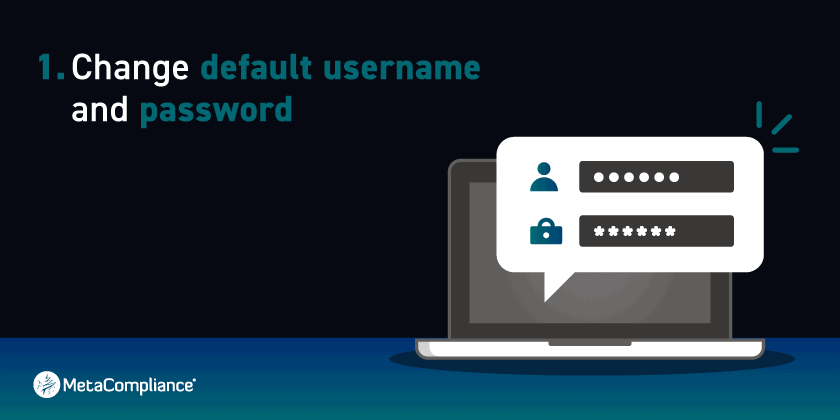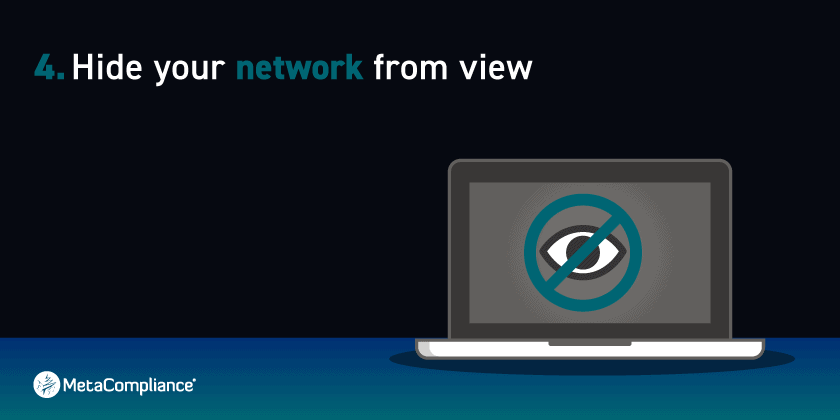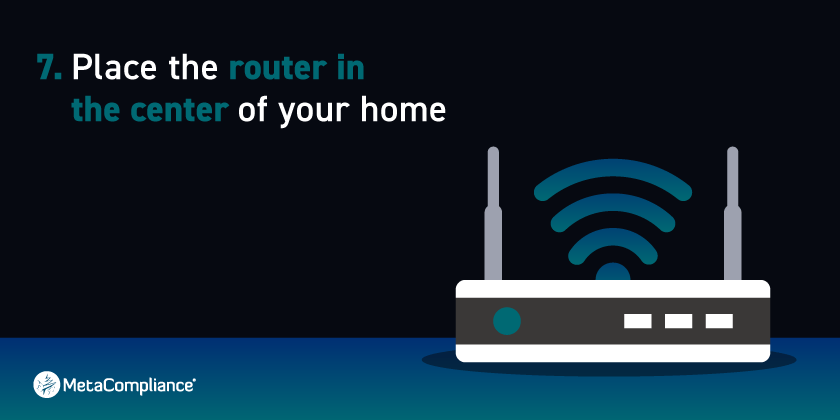As a result of the coronavirus outbreak, millions of workers across the world have had to make the rapid transition to working remotely.
This brings with it a host of new challenges, not to mention the increased risk of cyber attacks. In a recent survey conducted by Threatpost, 40 percent of companies have already reported seeing an increase in cyber attacks as employees start working remotely.
There has also been a significant rise in coronavirus related phishing scams, as criminals exploit the current crisis and use it as a lure to trick individuals into revealing personal information or installing malware. These scams can be extremely costly, and according to Action Fraud, victims have already reported losses of almost £1 million.
The unfortunate reality is that despite being in the midst
of a global pandemic, hackers are ramping up their activities and taking
advantage of lax security practices as a means to infiltrate corporate
networks.
This new attack surface provides hackers with lots of attractive weak points to exploit and one of the easiest ways they can gain access to sensitive company data is through unsecured home Wi-Fi networks.
If you’re working remotely, it’s essential to secure your home network to help keep out attackers and protect your company’s information assets.
Top Tips to Secure Your Home Wireless Network for Teleworking
To protect your home and keep it safe from hackers, there are several steps you can take:
1. Change Default Username and Password

The first and most important thing you should do to secure your home Wi-Fi network is to change the default username and password to something more secure.
Wi-Fi providers automatically assign a username and password
to the network and hackers can easily find these default passwords online. If
they can gain entry to the network, they can change the password to whatever
they like, lock the owner out and hijack the network.
Changing the username and password makes it more difficult for attackers to identify whose Wi-Fi it is and in turn gain entry to the network. Hackers have sophisticated tools to test thousands of possible password and username combinations, so it’s vital to choose a strong password that combines letters, numbers, and special characters to make it more difficult to crack.
2. Turn on Wireless Network Encryption
Encryption is one of the most effective ways of safeguarding your network data when working remotely. Encryption works by scrambling your data or the contents of a message so that it cannot be deciphered by hackers.
The most secure type of encryption to use for your home
Wi-Fi network is WPA3.
If you have older devices that are up to 10 years old, they may not be
compatible with WPA3 so it will be vital to upgrade your home devices for
enhanced security and performance.
To check if your router uses WPA3 encryption, look at your network settings and check the wireless properties. This will enable you to select the best encryption method when you join a wireless network.
3. Use a VPN (Virtual Private Network)
A VPN
is a network that allows you to communicate over an unsecured, unencrypted
network in a private way. A VPN encrypts your data so that a hacker cannot tell
what you are doing online or where you are.
A VPN will also alter your IP address, making it appear that you are using your computer from another location other than your home address. In addition to a desktop, it can also be used on any mobile device such as a laptop, phone or tablet.
4. Hide Your Network From View

When you are initially setting up your home network you will
be asked to create a publicly visible network name, otherwise known as a SSID (Service
Set identifier). Most devices are configured with a default network name that has
been allocated by the manufacturer. There’s a good chance that if your
neighbours have a device from the same manufacturer, they will also the same
SSID which could be a security nightmare if both networks are unencrypted.
SSID hiding is a feature that will enable you to hide your network name from the list of people in the surrounding area. Changing the default name makes it a lot more difficult for a hacker to know what type of router you have, reducing the chance of attack.
5. Keep Your Router Software up to Date
Wi-Fi software should be updated to protect the network security of your home. The router’s firmware like any other type of software can contain vulnerabilities that hackers are able to exploit. Most routers will not have the option of an auto-update so you will need to manually update the software to ensure your home network is protected.
6. Use Firewalls
Most Wi-Fi routers will contain a built-in network firewall which will protect broadband connections and prevent any network attacks from intruders. They will also have an option to be disabled so it’s important to check that your home router’s firewall is turned on to add another layer of protection to your home security.
7. Place the Router in the Center of Your Home

You may not realise that the location of your router can have an impact on security. If your router is positioned near a door or window it increases the chance of your Wi-Fi signal being intercepted by someone with malicious intent. To improve the security of your home Wi-Fi, it’s best to place your Wi-Fi router as close to the center of your home as possible to reduce the chance of hackers connecting to your network.
8. Enable MAC Address Filtering
Most broadband routers will have a unique identifier called the physical address or Media Access Control (MAC) address. This address aims to improve security by limiting the number of devices that can hook up to the home network. Homeowners have the option to type in the MAC addresses of all devices in the home and this restricts the network to only allow connections from these approved addresses. This provides another layer of security to help keep hackers at bay.
9. Disable Remote Administration
Another way hackers can gain entry to a home network connection is through the remote administration feature on a router. Remote administration allows anyone close enough to your home to view or change your Wi-Fi settings. If you don’t need to remotely connect to your Wi-Fi router, it’s best to turn this feature off. This can be done by going into the administration section of the Wi-Fi settings and clicking on the disable button.
Please email [email protected] if you would like the video file for your internal cyber security education program or visit the contact us page on our website.